Best Time to Fish for Catfish: Seasons, Daily Windows, Weather, and Water Tips
Table of Contents
Quick Answers
Season by Season
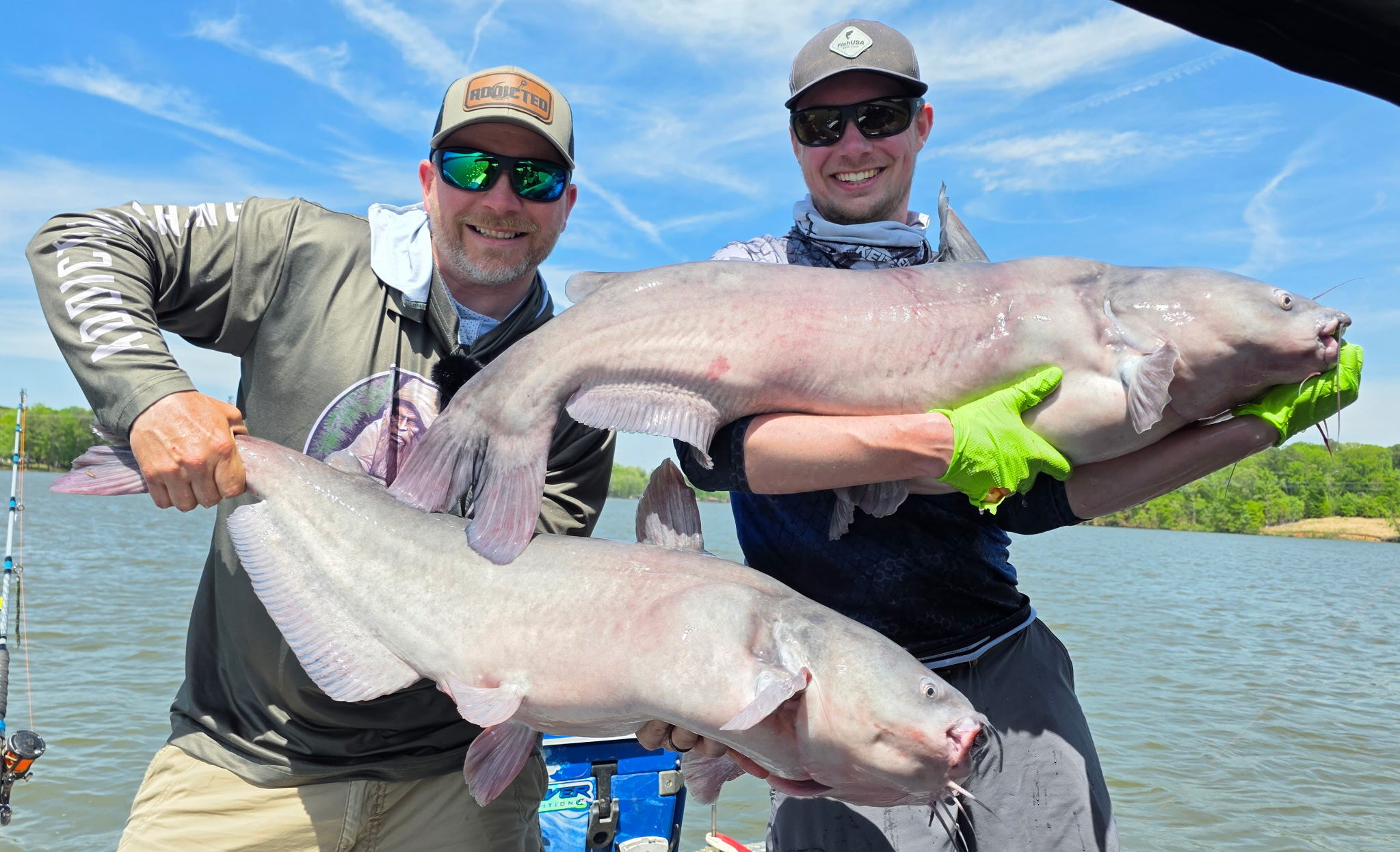
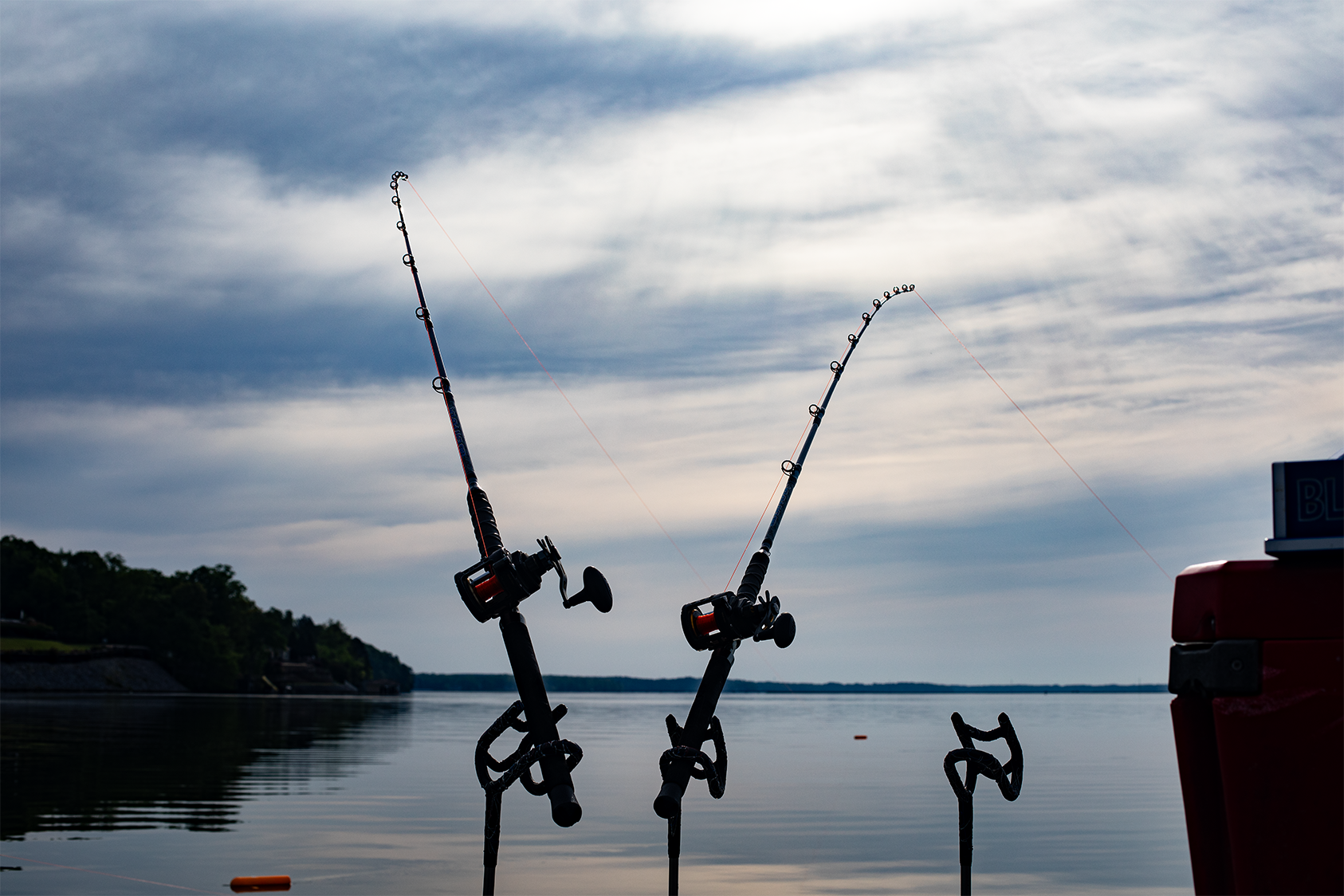
Time of Day
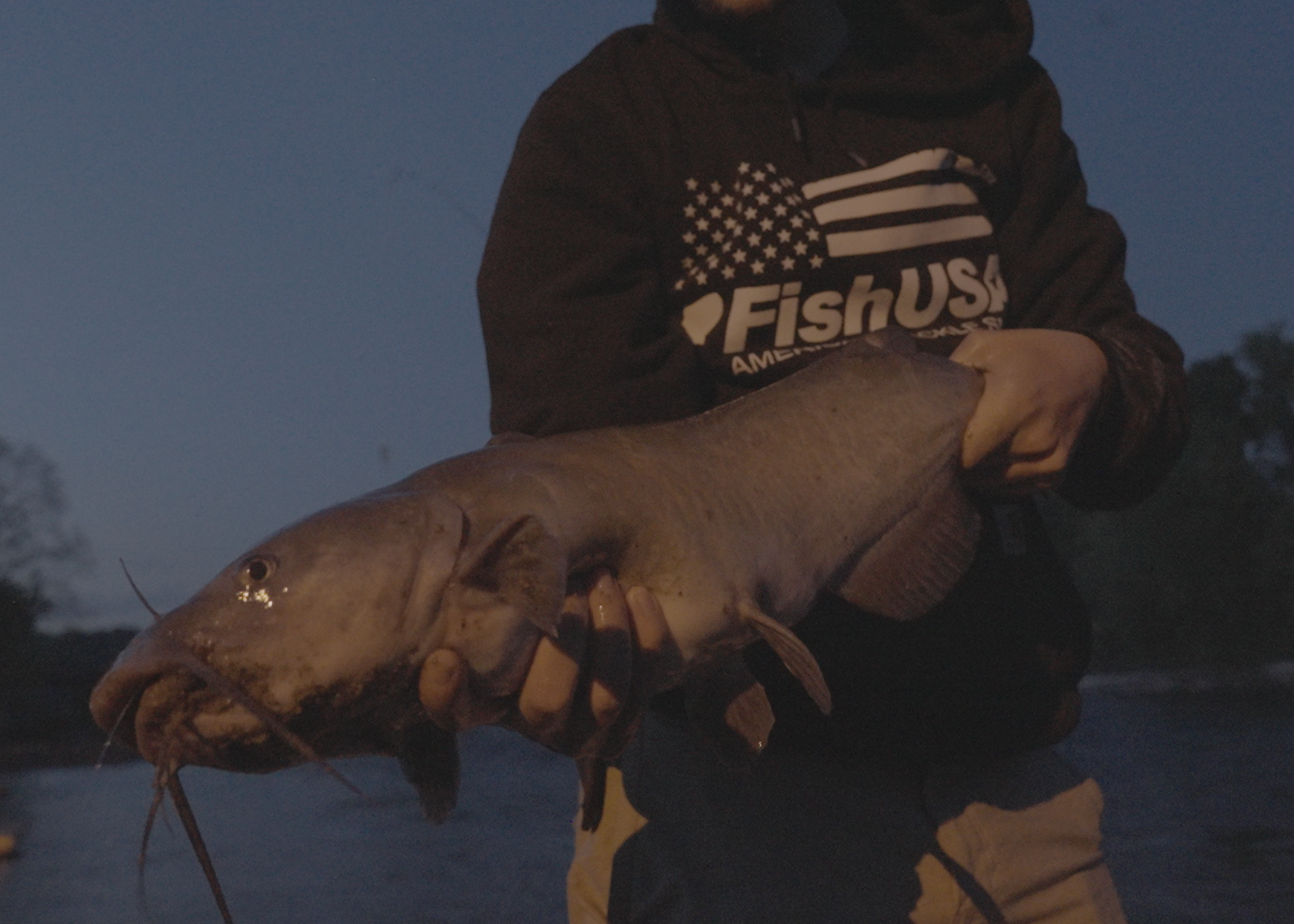
Weather and Barometer
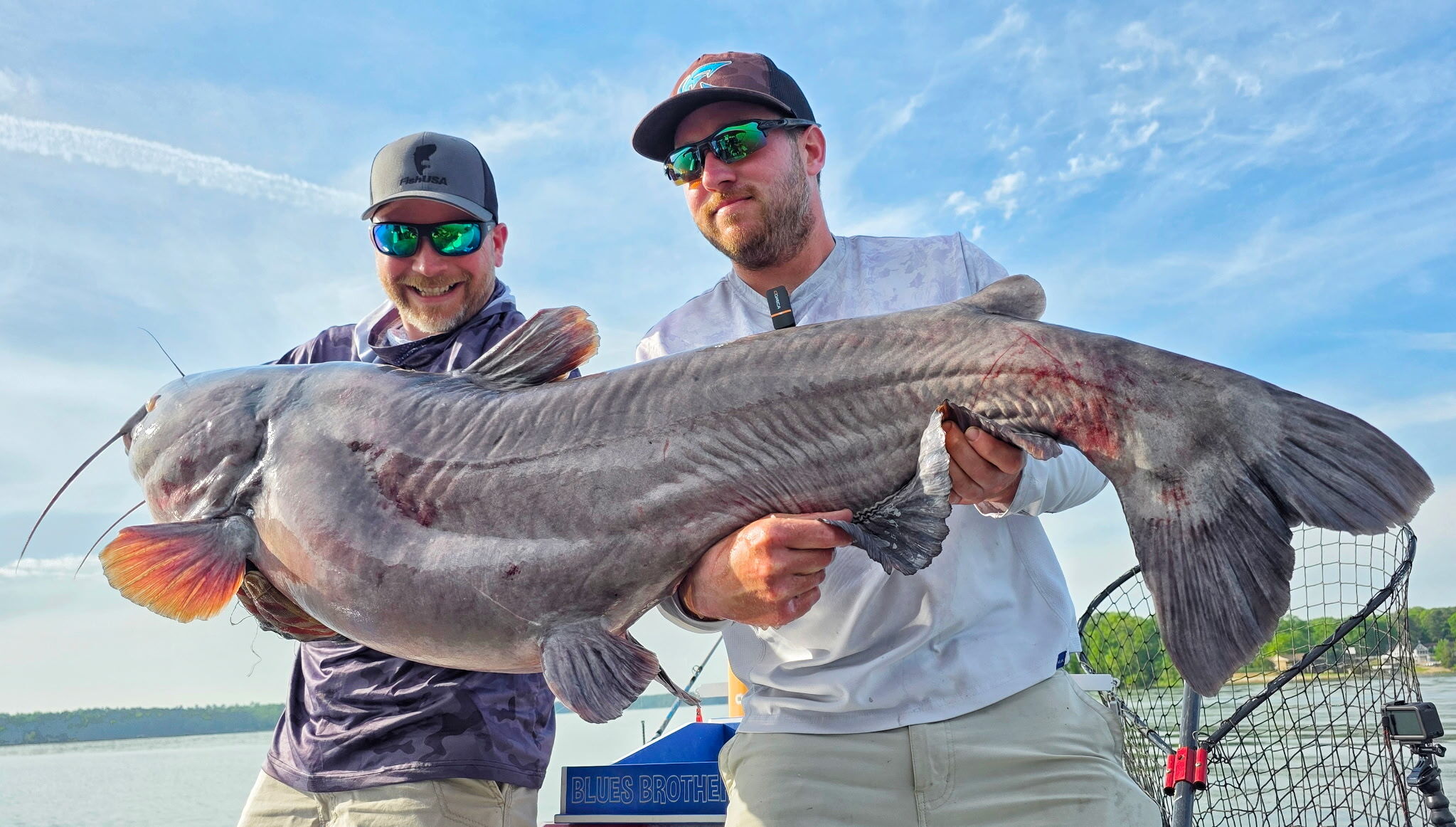
Water Levels and Flow
Moon and Light
Species Differences
Lake vs. River
Bait Strategy by Time
Rigs and Presentations
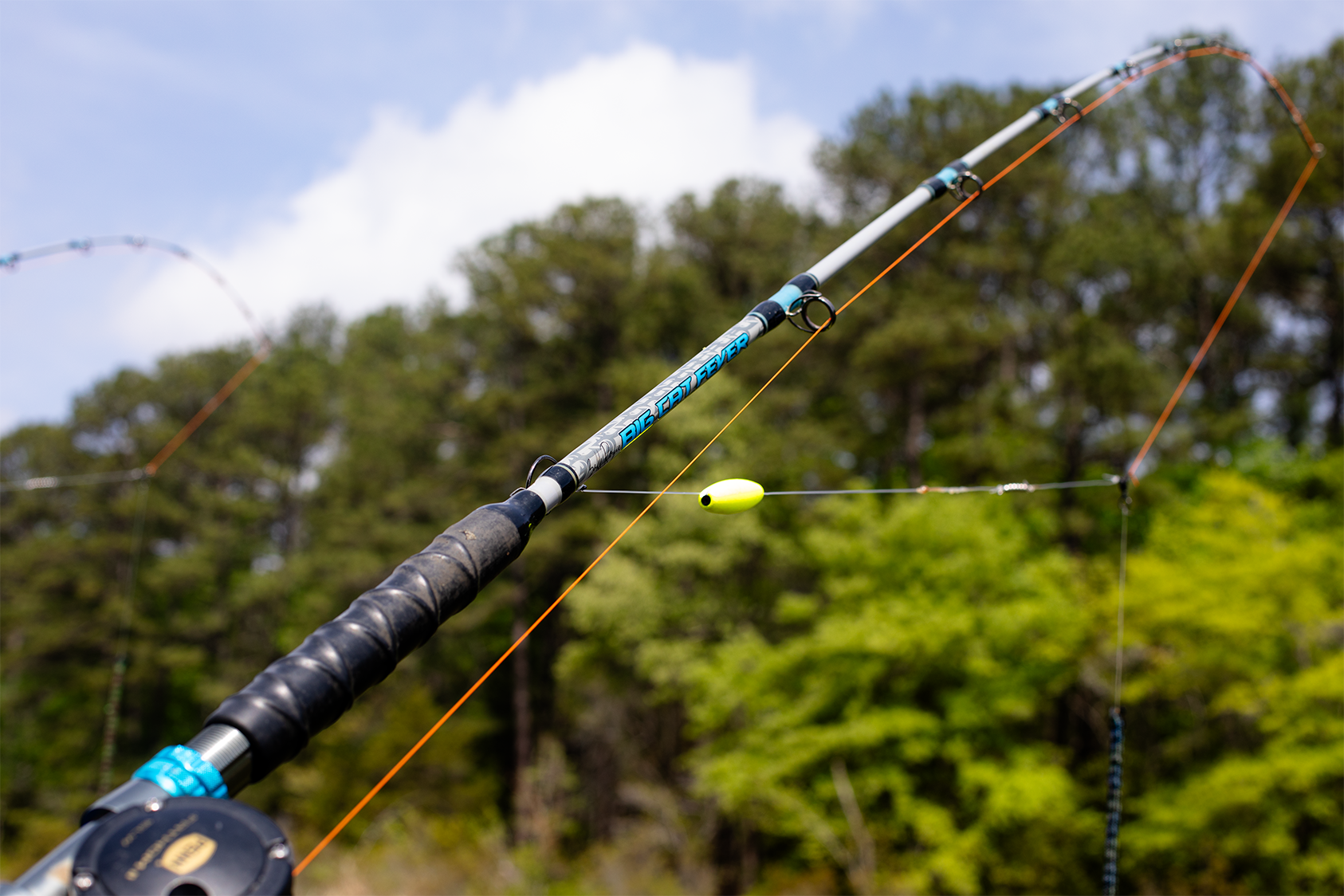
Common Mistakes
Simple Plans You Can Run Today
Safety and Fish Care
Conclusion
Shop Catfishing Gear

